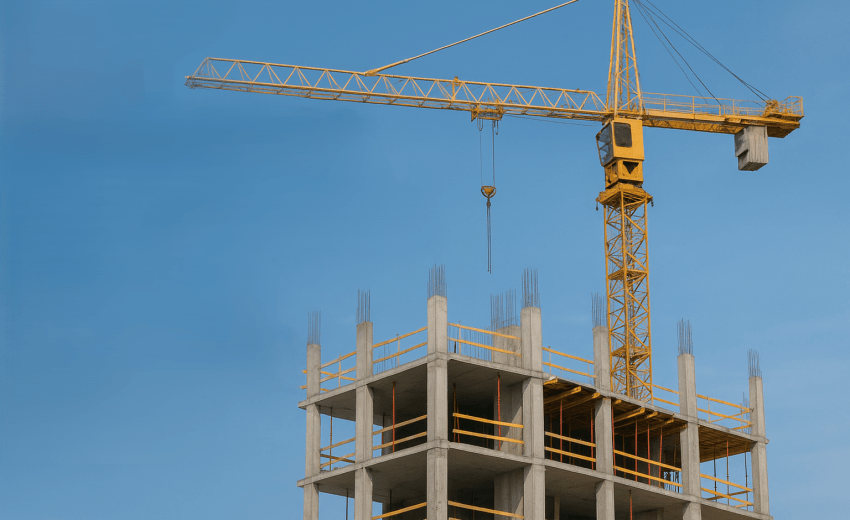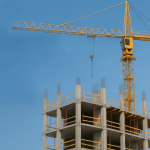
Table of Contents
Preventing structural issues in construction projects is one of the most critical goals for builders, engineers, and property owners alike. Every construction project, regardless of size or scope, relies on the strength, stability, and durability of its structural framework. When preventive measures are overlooked, even minor design flaws can lead to costly repairs, safety risks, or long-term structural damage. By understanding the root causes of these problems and taking proactive steps, construction professionals can ensure that projects are safe, sustainable, and built to last.
1. The Importance of Preventive Planning
Preventing construction-related structural failures begins long before the first brick is laid. The planning and design phase sets the tone for the entire project. Detailed site assessments, soil testing, and structural analysis help determine the right materials and techniques to withstand environmental factors like wind, moisture, and seismic activity.
A comprehensive structural plan also helps identify potential weak points early on, allowing engineers to make necessary adjustments. Investing in proper planning minimizes risks and saves both time and money throughout the project’s lifespan.
2. The Role of Quality Materials
Preventing damage to a building’s structure heavily depends on material selection. Using substandard or incompatible materials can compromise the building’s integrity over time. For example, low-grade steel may corrode faster, while poor-quality concrete can lead to cracks and water infiltration.
Builders should always adhere to quality standards and source materials from reliable suppliers. Additionally, materials must be stored correctly on-site to avoid deterioration before use. In modern construction, innovative materials like fiber-reinforced concrete or corrosion-resistant steel are becoming popular for their durability and long-term performance.
3. Addressing Design and Engineering Errors
Preventing design flaws is another crucial step. Even the smallest miscalculation can have serious consequences on load distribution and stability. Collaboration between architects, engineers, and contractors ensures that design plans are structurally sound and compliant with building codes.
Using advanced software such as Building Information Modeling (BIM) can also reduce design errors by allowing real-time collaboration and simulation. BIM provides a 3D visualization of the structure, helping stakeholders anticipate and correct issues before construction begins.
4. Proper Foundation Work
Preventing foundation-related structural issues is essential, as the foundation supports the entire structure. Problems such as uneven settlement, soil erosion, or poor drainage can cause cracks, tilting, or even collapse.
Before foundation work starts, soil conditions should be thoroughly analyzed to determine the right foundation type—be it shallow, deep, or pile. Waterproofing systems and proper grading around the building further prevent water from weakening the foundation.
5. Ensuring Skilled Workmanship
Preventing defects in construction requires skilled labor and strict quality control. Poor workmanship, such as improper concrete curing, misaligned columns, or inadequate reinforcements, can all contribute to structural weakness.
Regular on-site supervision, training, and adherence to standard operating procedures are vital. Contractors should also document every phase of construction for accountability and future reference.
6. Regular Inspections and Maintenance
Preventing long-term damage doesn’t end once construction is complete. Periodic inspections help identify wear and tear, cracks, or moisture intrusion before they escalate. Maintenance schedules should be established for structural elements like beams, joints, and roofing systems.
Modern technologies such as drones, 3D scanners, and non-destructive testing tools allow engineers to monitor structural health efficiently and safely.
7. Environmental Considerations
Preventing environmental stress is another layer of protection. Weather conditions, humidity, and seismic activity can all influence structural performance. Buildings in coastal areas, for instance, must use corrosion-resistant materials to withstand salt exposure.
Designing with the environment in mind — such as incorporating proper drainage, ventilation, and insulation — ensures long-term structural resilience.
8. Compliance with Building Codes
Preventing structural issues also means adhering strictly to local and international building codes. These regulations exist to ensure safety, stability, and sustainability. Regular audits and certification processes verify that the construction meets required standards. Non-compliance can result in costly penalties, project delays, or even unsafe structures.
Conclusion
Preventing common structural issues in construction projects is not just about fixing problems — it’s about building smarter from the start. From high-quality materials and accurate designs to skilled workmanship and ongoing maintenance, every step matters. By implementing preventive strategies and maintaining rigorous quality control, construction companies can deliver structures that stand the test of time, ensuring safety, reliability, and client satisfaction.
Ready to Build with Confidence?
Get in touch with Charminar to learn how our project management expertise can streamline your next development.
📧 contact@bluediamondfm.com
📞 +971 56 705 4223
🌐 https://charminardubai.com/
Frequently Asked Questions (FAQ)
What are the most common structural issues in construction?
Common issues include foundation settlement, cracking, corrosion of reinforcement, poor load distribution, and water intrusion, all of which can compromise a building’s safety.
How can poor soil conditions be prevented from causing structural problems?
Through comprehensive geotechnical surveys and using the correct foundation type. Proper drainage and soil stabilization also help prevent shifting or erosion.
Why is regular inspection important after construction?
Regular inspections detect minor issues before they become major repairs, ensuring the building remains structurally sound over time.
What role does design play in preventing structural failures?
Accurate, code-compliant design ensures that load paths, material strengths, and building dynamics are properly accounted for, reducing the risk of collapse or deformation.
How can technology help in preventing construction issues?
Tools like BIM, drones, and 3D scanners improve accuracy, monitoring, and collaboration — minimizing design errors and improving construction precision.






